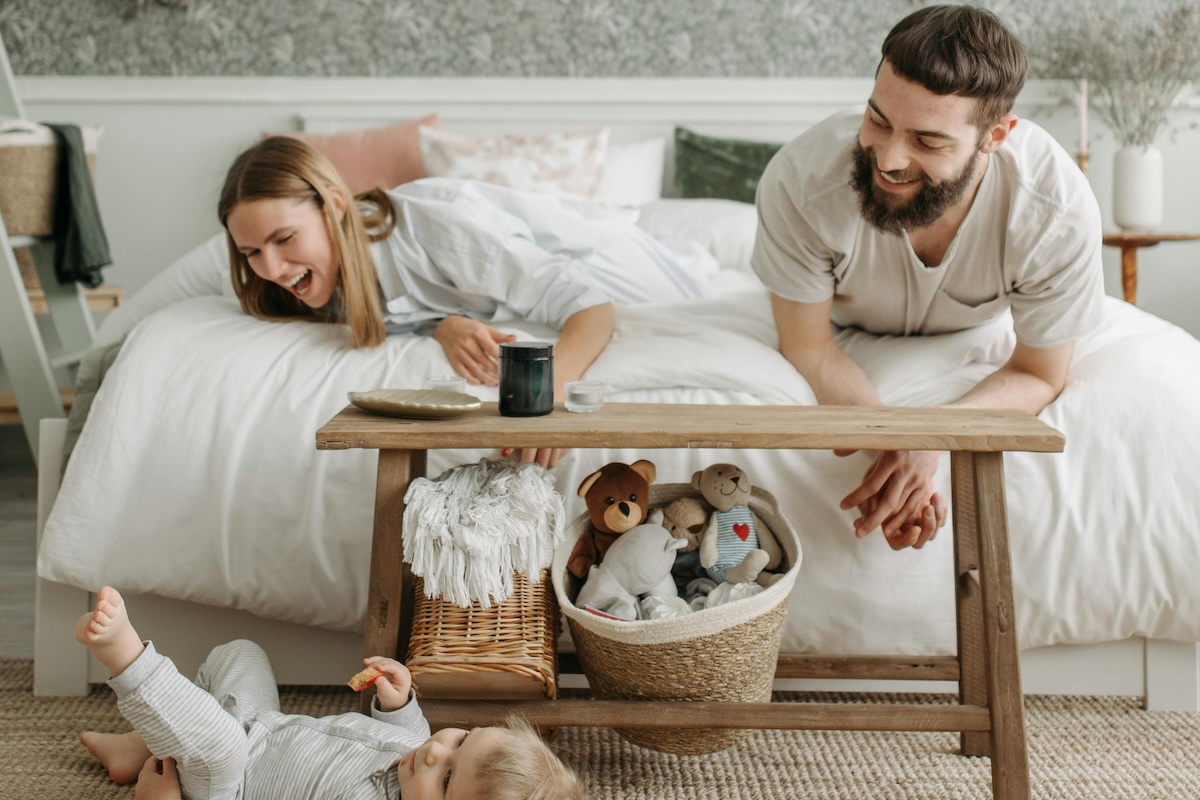Over the past months I’ve talked about RSV in passing a number of times. Specifically: I talk about it in the context of evaluating other illness risks to kids. And each time I do, people come back with a version of, “Hey, wait a minute, is this some other thing I’m supposed to be worrying about?” So, today, I wanted to (sort of) provide an answer.
RSV is an extremely common virus which causes lower respiratory infection; it’s most common during the winter (although see some caveats below).
RSV is the most common cause of these lower respiratory infections in children under 1 and is a significant source of hospitalizations. To give a sense of this: a study using data from the 2015-2016 season showed seasonal hospitalization rates of 2.9 per 1000 for children under 5, 6.3 per 1000 for children under 2 and 14.7 per 1000 for babies under 6 months. (By comparison, the COVID-19 hospitalization rate over the pandemic for children 0 to 4 is estimated by the CDC at 0.6 per 1000).
Serious illness from RSV is a particular risk for preterm infants and immune compromised children. It’s transmitted with the standard respiratory transmission pattern: through close contact, droplets, or on surfaces. In contrast to COVID-19, RSV lives for several hours on surfaces, so can be easily spread that way, in addition to direct contact.
RSV symptoms in small children are typical of lower respiratory infections (i.e. cough, lung involvement). Serious disease can manifest in bronchiolitis, pneumonia and respiratory failure. Basically, think about a very serious cold with possible breathing issues. Treatment, if necessary, typically focuses around breathing and oxygen support. Since RSV is a virus, it isn’t directly treated with antibiotics (although it is possible secondary bacterial infections would be treated with them). Children typically recover without long term impacts, although with serious illness there can be long term wheezing and lung function risks.
Older children and adults also get RSV. In fact, having had it before doesn’t provide much protection, so we are all getting it a lot. For healthy older children and adults, though, the disease is typically mild or asymptomatic. It can be more serious for immunocompromised older adults.
For young children, it is clear that RSV is serious. Talk to any pediatrician, and you’ll hear this. I was often struck during the pandemic by the number of times pediatricians told me some version of “I’m just thankful that COVID doesn’t present like RSV in kids.”
As a parent, though, how much should RSV affect your behavior? How much should you think about this? In particular, I have been hearing from parents in states in the southern part of the US which are seeing significant RSV outbreaks now. RSV is typically a winter virus, but social distancing and other precautions this winter generated a less serious winter season. But as things have reopened, there has been a spike.
(Here, for example, are detected RSV cases in South Carolina over the last months from the CDC.)
Should you respond to this by keeping your child isolated (again)?
I think no, for several reasons. First: this risk may be salient right now, but it’s one you’ve been living with. The fact is, kids get sick. We wish they didn’t, and I’m not suggesting we should all go out and get RSV on purpose. But illness is a fact of life and one you accepted pre-pandemic.
Second, more practically: virtually all people will have been infected at least once with RSV by the time they are two. This means that, basically, there is no avoiding it. RSV is really common and really contagious. Everyone gets it, generally many times. The first infection is typically the most serious. Reinfection later produces milder symptoms, more upper respiratory in nature.
This fact should color our behavior. The RSV spike is a result of lack of exposure during the last year and the resulting large number of children who have not yet been exposed. We expect eventual exposure, so continued avoidance is likely to simply push this off another several months. (Note: the calculus is different, perhaps, for preterm infants or currently immune compromised children where waiting may mean they are more resistant to infection.)
There is a fine line here. The inevitability of eventual infection doesn’t mean we should undergo infection-seeking (among other things, since you can get this multiple times it’s not like chicken pox or something). And basic disease precautions (i.e. hand-washing, not sending kids to child care sick) are always a good idea. But adopting the idea that if we just hunker down for another few months this threat will pass… that’s not right either.
The bottom line is that RSV is scary but it’s a scary thing we have been living with for decades. It’s not a new scary, and it’s not an very avoidable scary, either.
You might ask: where is the RSV vaccine? I know pediatricians ask this all the time. The short answer is that this is a challenging virus to vaccinate against, but there are candidate vaccines, notably several mRNA versions under trials by Moderna. Within a few years, perhaps we’ll be seeing a different pattern.
Update 8/24/2023: A post on the newly FDA-approved RSV drug for infants and toddlers is here.
Community Guidelines















